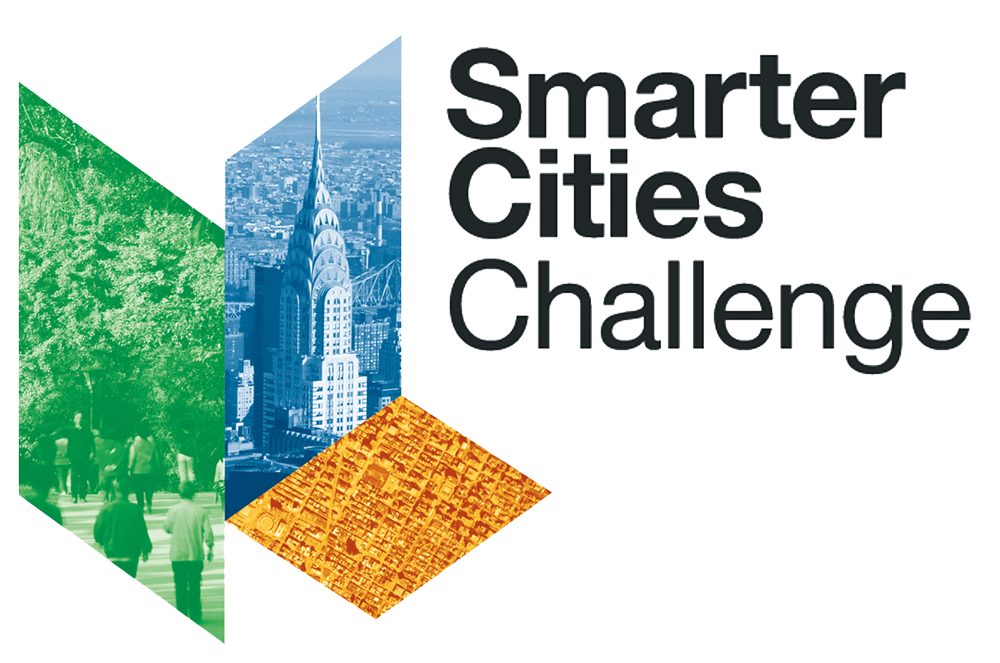The grant, which provides professional consulting and services, is valued at $400,000, and will allow Reno to create sophisticated analytics software which will provide citizens and developers complete access to information on properties within the city.
Reno is partnering with the Governor’s Office of Economic Development, the University of Nevada, Reno, the Nevada for Renewable Energy Commercialization, the Desert Research Institute, and EDAWN on this project to ensure that the resulting system provides effective, accurate, and useful information for our local community.
